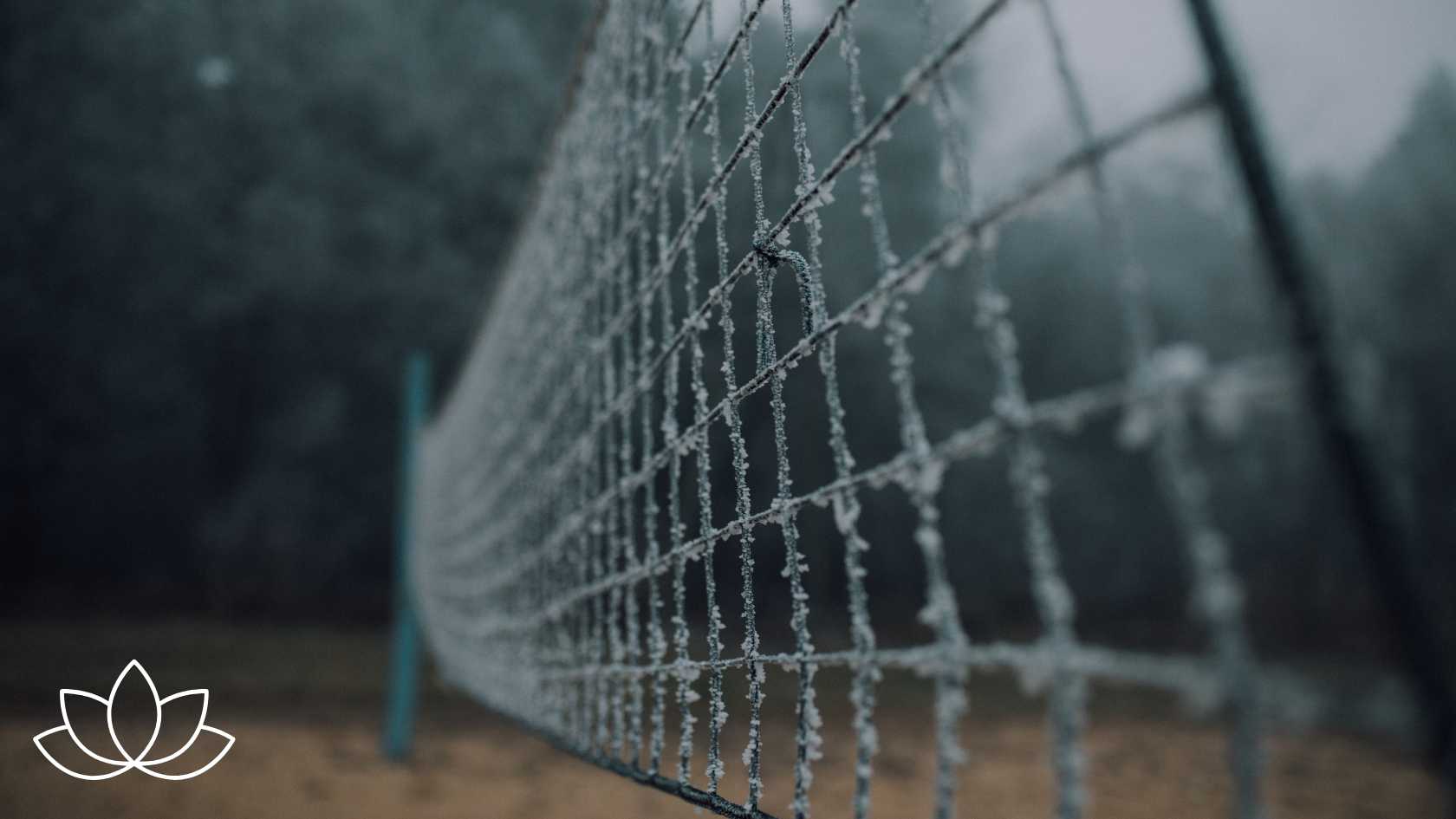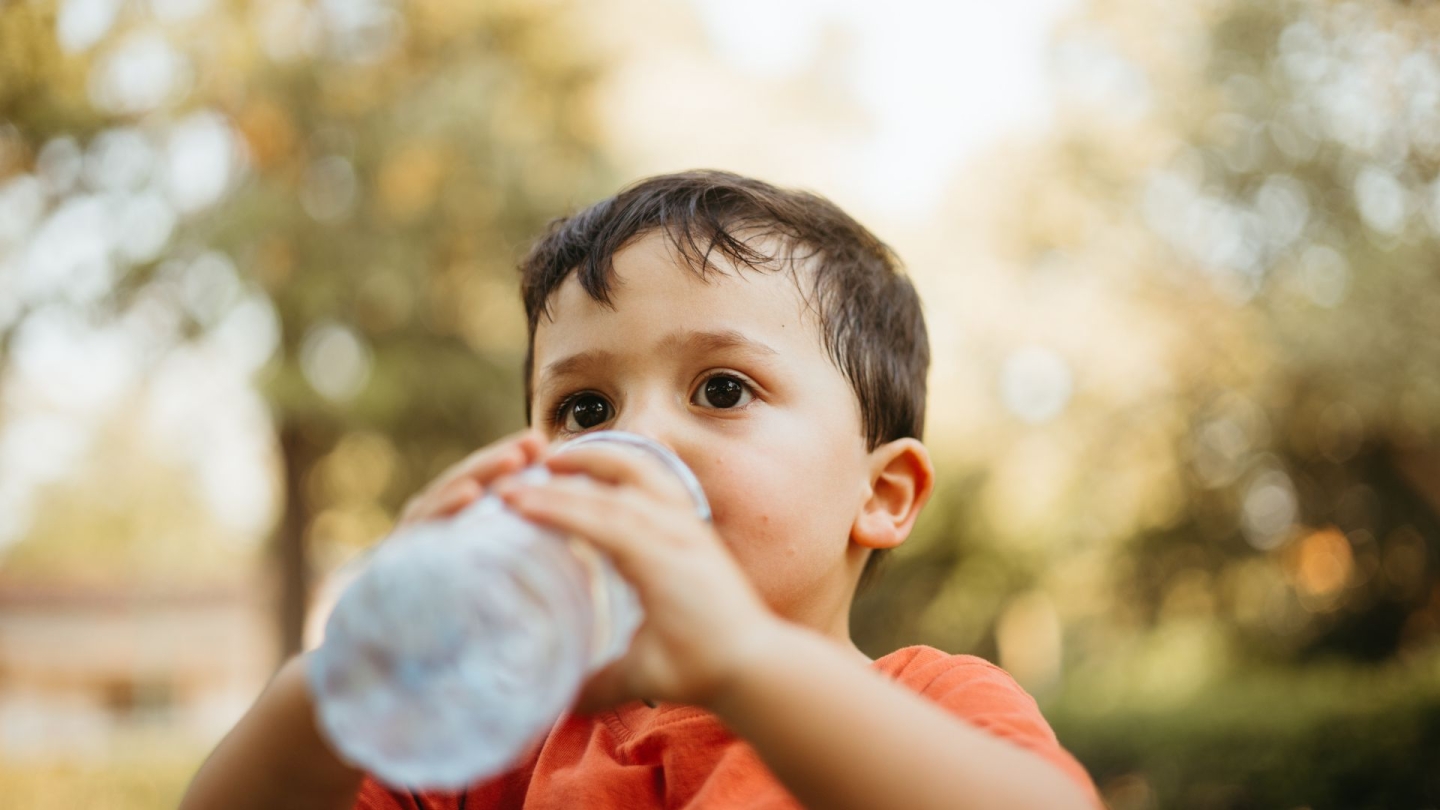Last Updated on March 22, 2025
On March 22 each year, International Water Day highlights the significance of clean water and the global challenges related to water. The World Health Organization (WHO) notes that 2.2 billion people lack access to safe drinking water, leading to annual water-related diseases that claim approximately 3.4 million lives. Various communities have initiated the development of sustainable solutions that provide safe drinking water and improve sanitation practices. This article showcases seven inspiring stories from communities that illustrate impactful changes.
- These are the inspiring stories on International Water Day.
- Rainwater Harvesting in Kenya
- Restoring Ancient Stepwells in India
- Water Conservation Program in California
- Floating Schools in Bangladesh
- Fog Nets in Peru
- River Cleanup in the Philippines
- Women's Water Cooperative in Ethiopia
- Empalakai Community Borehole in Kenya
These are the inspiring stories on International Water Day.

Rainwater Harvesting in Kenya
The people in a distant Kenyan village implemented rainwater collection methods to resolve their water scarcity problems. Women and children spent numerous miles daily to obtain water, restricting their ability to work and receive education. Women in Kenyan communities dedicate 40 billion hours yearly to bring back water. This figure comes from UNICEF. A reliable water supply became possible by constructing massive rainwater reservoirs in the village. Through this program, the residents accomplished better hygiene practices along with higher school attendance rates and minimized waterborne illness risks.

Restoring Ancient Stepwells in India
Indian farmers saved an ancient stepwell to bring back water levels that sustained their groundwater. The owners let their land endure droughts and water scarcity because of their excessive water consumption and environmental changes. Groundwater restoration is vital for India because it maintains 18% of the global population but controls only 4% of worldwide freshwater resources. Community members headed the effort of cleaning up ruins, restoration, and establishing rainwater distribution in the stepwell. The local farmers achieved field irrigation and secured their livelihoods because groundwater levels increased.

Water Conservation Program in California
The community of California organized a water conservation initiative to address their water waste problems. Residents participated in workshops that taught them how to save water and perform water leak detection, as well as taught methods for drought-resistant gardening. Extreme drought conditions affected California throughout 2021 because the year established itself as the driest period in more than a hundred years. The municipality reduced water consumption by 30% throughout its first year, demonstrating that individual behavioral changes produce substantial effects.

Floating Schools in Bangladesh
The educational institution floats on the water to maintain learning opportunities for students whose schools regularly shut down due to seasonal floods in Bangladesh. Traditional academic institutions suspend their operations during the monsoon season, causing substantial educational interruptions. Seasonal flooding affects more than 20% of Bangladesh’s territory yearly, causing millions of people to relocate. The facility includes classrooms, solar panels, and a filtering system that provides clean drinking water. The innovative architectural design offers children continuous educational opportunities and portable water sustainability.

Fog Nets in Peru
Peruvian villagers built fog-gathering nets above their coastal location to extract water from condensation. The local population experienced extreme water shortages because they collected their everyday requirements from remote water sources. International statistics from the United Nations reveal that about 1.1 billion individuals worldwide do not have dependable water resources for their needs. The fog droplet collection process involved mesh nets connected to storage tanks. The water collection technique delivers ongoing drinking water and irrigation water to enhance the quality of living conditions.

River Cleanup in the Philippines
The people of a Filipino community banded together to restore their contaminated river to health. Years of industrial waste and garbage have transformed the water body into a dangerous environmental threat. Scientists declared the Pasig River completely dead from biological activity during the 1990s because of pollution. The community unified to perform waste cleanup operations while planting trees on river banks and spreading awareness among neighbors about correct waste management practices. Fish and plant species reappeared in the waterbody while transforming into a freshwater supply.

Women’s Water Cooperative in Ethiopia
The female members of Ethiopia established a cooperative to run their regional water facility. The community members conducted daily water collection tasks at unsafe water points for numerous hours. Population statistics from WaterAid show that 60% of people in Ethiopia do not have access to safe drinking water. A maintained water station enables families to get clean water through direct access. With the cooperative’s support, job positions and leadership opportunities have become available to help women build community authority.

Empalakai Community Borehole in Kenya
Empalakai’s female residents faced dangerous conditions when obtaining water from the riverbed. The journey to collect water required numerous long hours, and the source area rested on a dangerous riverbed equipped with harsh rocks. People became sick frequently after consuming the heavy unclean water, which contaminated the supply.
Water is Life Kenya (WILK) started digging wells that reached 220 meters into the water reserve in April 2022. Construction of the well was completed, and then water basins and cattle troughs were added to the site—the establishment of suitable pumping technology and generator units needed to be implemented. The water system became operational for use by September of the same year. With this well-operated system, women no longer need to expose themselves to danger when obtaining water since it operates at 6,000 liters per minute.
Community-Based Water Governance
The local community established a governance system for water allocation because the region suffered from water scarcity, thus enabling them to manage water resources through collective decisions. The program established water user associations and participatory platforms to allow community members, experts, and stakeholders to discuss essential water-related prioritization matters.
The community accomplished successful water resource allocation by letting stakeholders make decisions that served their different needs and priorities. The initiative distributed water equally among various user groups, including households, agriculture, and industries. Local communities managing their water resources produced favorable environmental results for their region.
The initiative succeeded by encouraging responsible water management practices through local community involvement. The strategy’s successful execution revealed that community management programs can create dual social and environmental sustainability outcomes.
Bottom-Up Approach to Water Management
The local community established a governance system for water allocation because the region suffered from water scarcity, thus enabling them to manage water resources through collective decisions. The program established water user associations and participatory platforms for community members and stakeholders to discuss essential water-related prioritization matters.
The community accomplished successful water resource allocation by letting stakeholders make decisions that served their different needs and priorities. The initiative distributed water equally among various user groups, including households, agriculture, and industries. Local communities managing their water resources produced favorable environmental results for their region. The initiative succeeded by encouraging responsible water management practices through local community involvement. The strategy’s successful execution revealed that community management programs can create dual social and environmental sustainability outcomes.
Building Resilient Communities
A coastal community established a local water management program to strengthen climate adaptation capabilities against rising local water levels and potent storm waves. The initiative required area risk mapping while developing adaptation solutions and creating community participation initiatives for resilience improvement. The initiative developed disaster preparedness by installing warning systems combined with evacuation exercises and forming response protocols.
The project achieved its goal through community-driven disaster planning, which boosted its ability to handle water-based emergencies after the incident. These activities established a community program that built resilience and integrated people into social networks. Community members joined forces to safeguard shared water supplies, thus maintaining everyone’s access during emergencies. The community’s common efforts through unity created an environment that supported community health and increased resistance to disasters.
